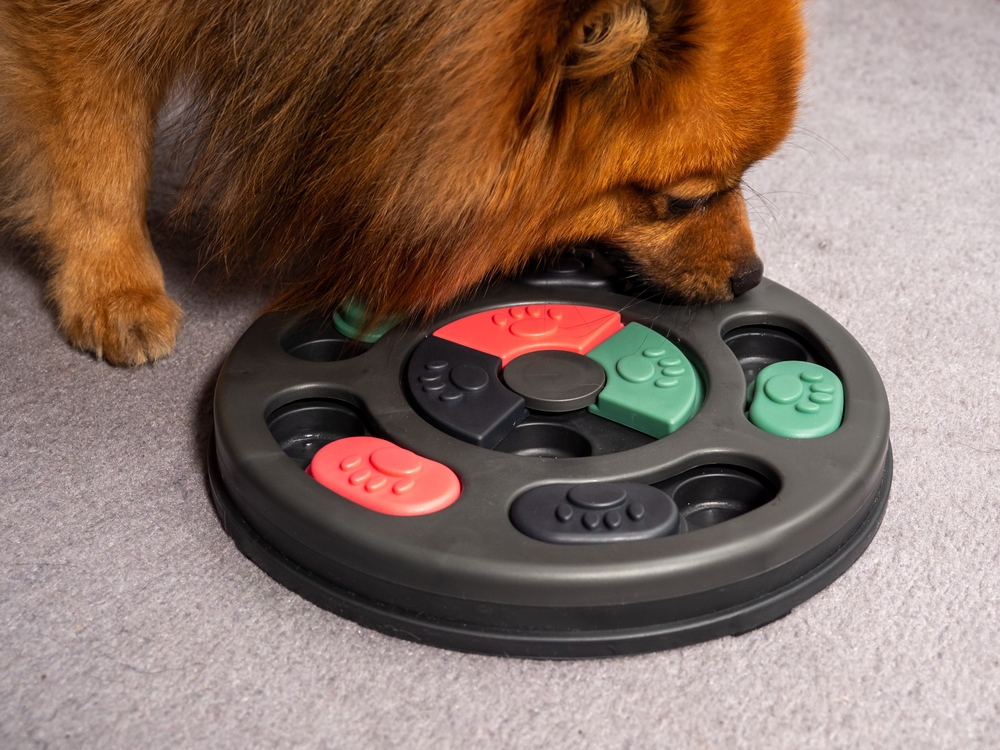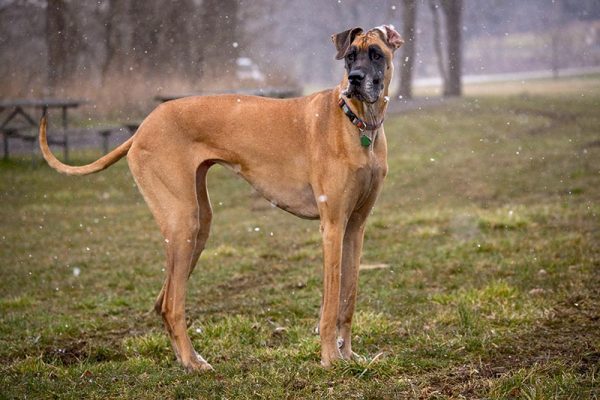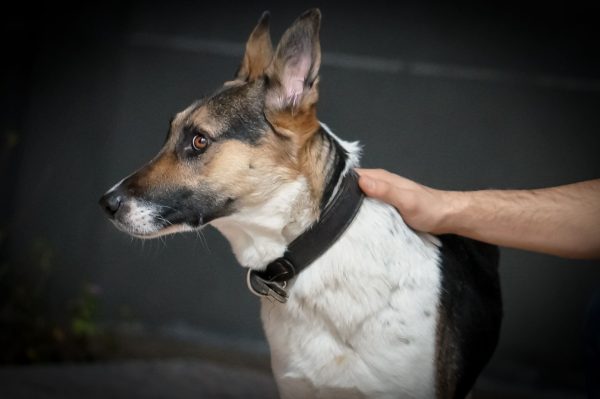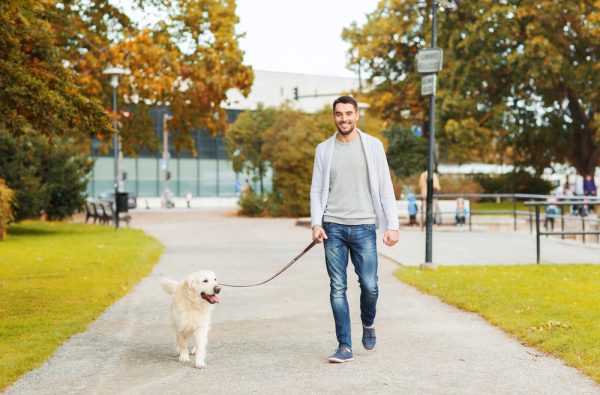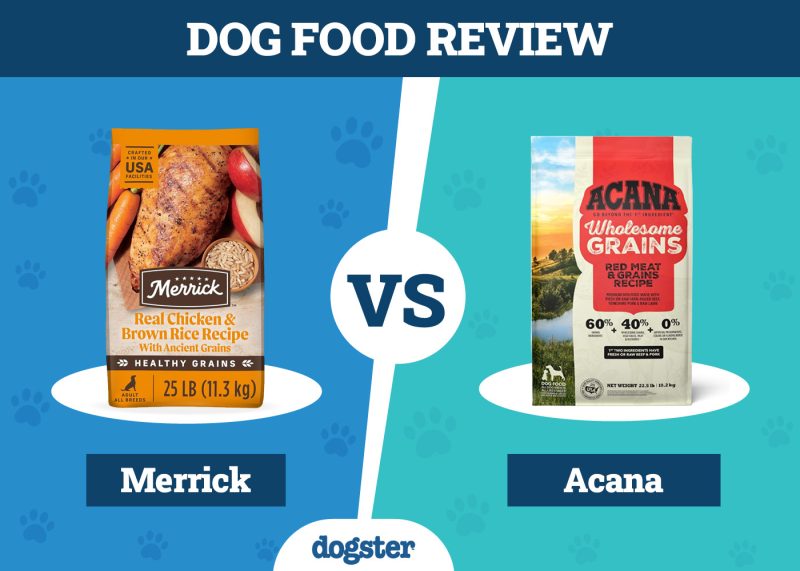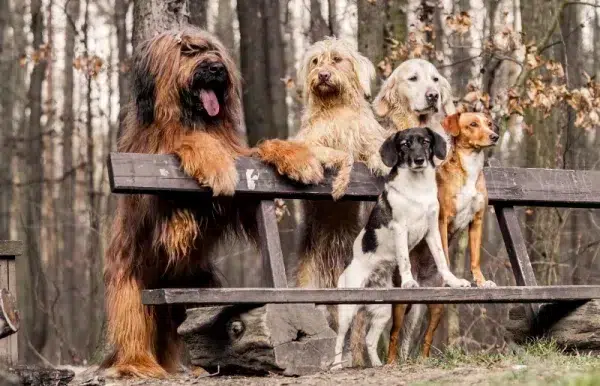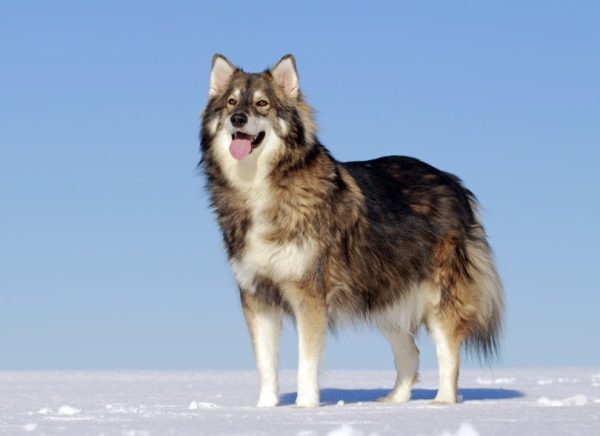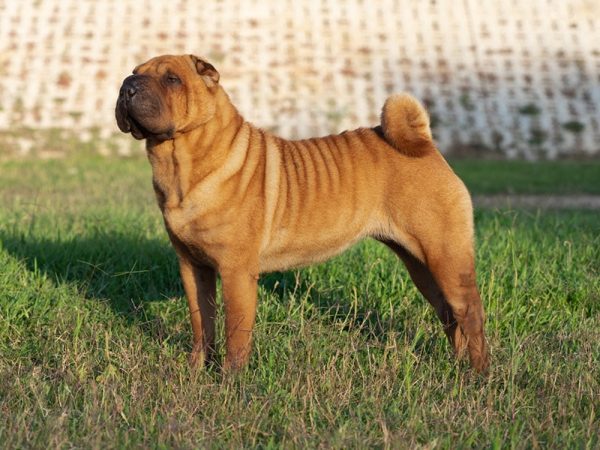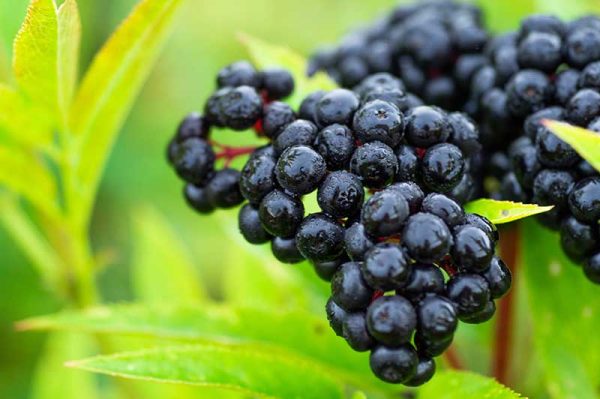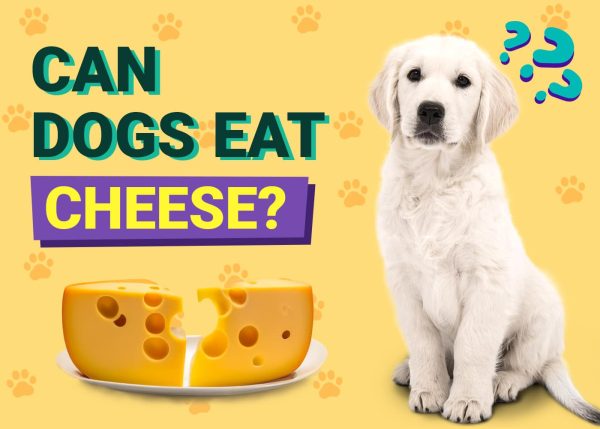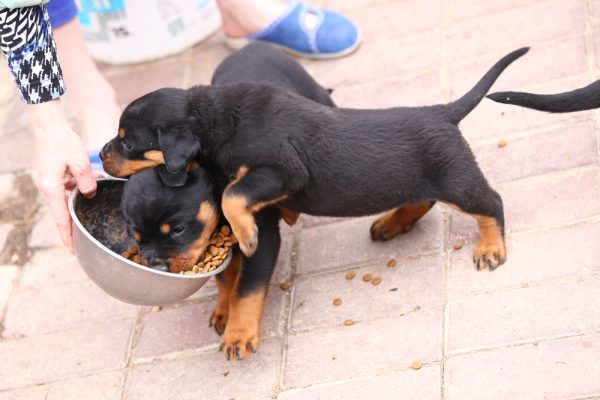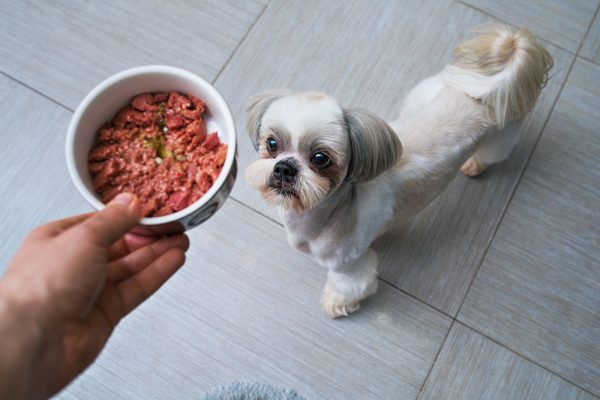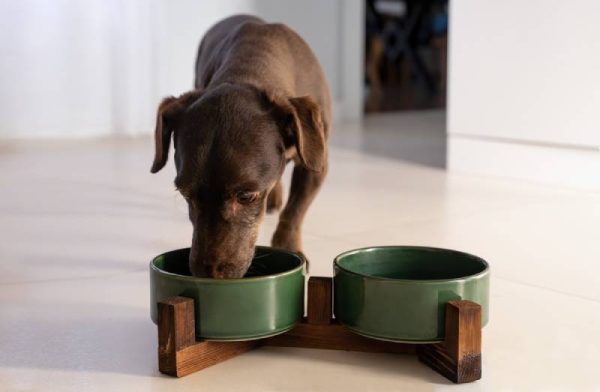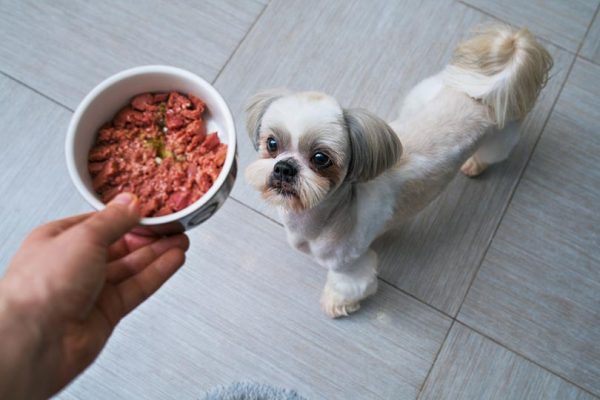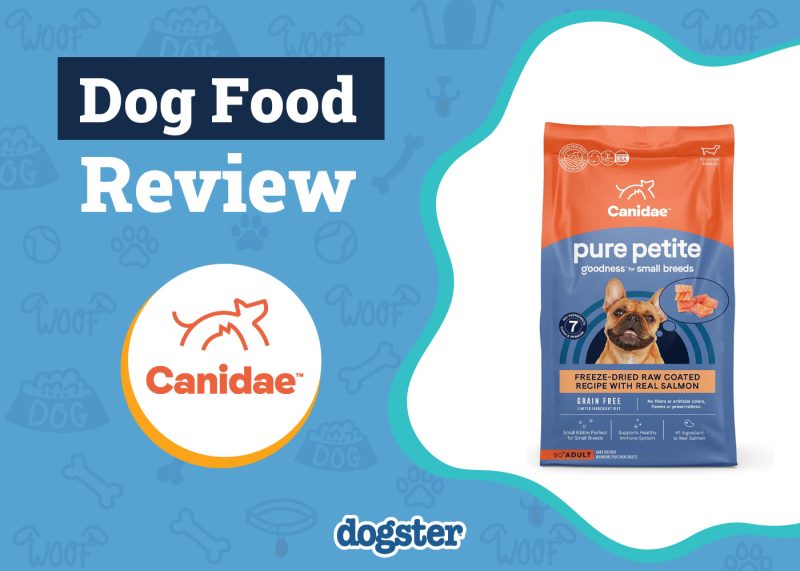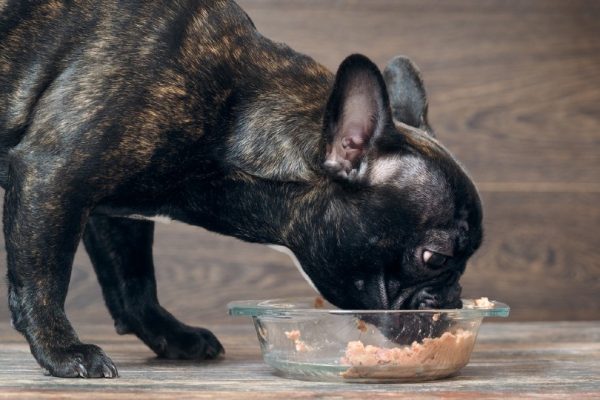In this article
Does your dog constantly scarf down their food? Do they seem as if they’re bored much of the time? Then, you may want to invest in some food puzzle toys for your pup.
Food puzzles are fantastic for several reasons. For one, they slow down fast eaters, which means there’s less risk of a dog developing bloat. These types of toys can also enrich your dog, as they require a lot of thinking. Food puzzle toys also have the benefit of training your dog, entertaining them, and helping them burn off their excess energy!
But how do you choose the best food puzzle toy and get your dog to use it?

How to Choose a Food Puzzle Toy
Before we get into our step-by-step guide on how to get your dog to use a food puzzle toy, we’ll tell you how you can determine the best one for your pup.
Several types of food puzzles are available, so to pick the best one for your dog, you need to consider what your pup loves doing most. Do they enjoy pawing at things? Do they love using their nose to sniff out hidden items? Are balls their favorite? Food puzzles can incorporate several elements, like these, so you want to ensure you choose a food puzzle toy your pet will love instead of one they’ll be ambivalent about.
What else should you look at when choosing a food puzzle toy? How the food is distributed. Food puzzle toys will utilize different methods of distributing food to a dog. Some will need to be knocked around before they will dispense food. Others will require your dog to slide pieces around to reach the food hidden within. And some food puzzle toys will be as simple as spilling food into them to let your dog sniff it out. Why does the manner of food distribution matter? Because you want any food puzzle toy you get your dog to be fun for them and not incredibly frustrating, you need to determine which method of getting food your pup is likely to prefer and how easy the method will be for them. Puzzle toys should be a bit of a challenge, but not impossible.
Speaking of challenges, ensure you get the correct level of puzzle for your pet. Food puzzles come in various levels that indicate how simple or challenging they are. You want to be sure you’re getting a beginner puzzle for a dog who has never used one before. If your pup enjoys the food puzzle, you can get the more difficult ones later.
Finally, make sure you’re getting a food puzzle toy that is the right size for your pet. A tiny food puzzle won’t work for a large breed dog, and an overly large one will only be a challenge for a small breed!
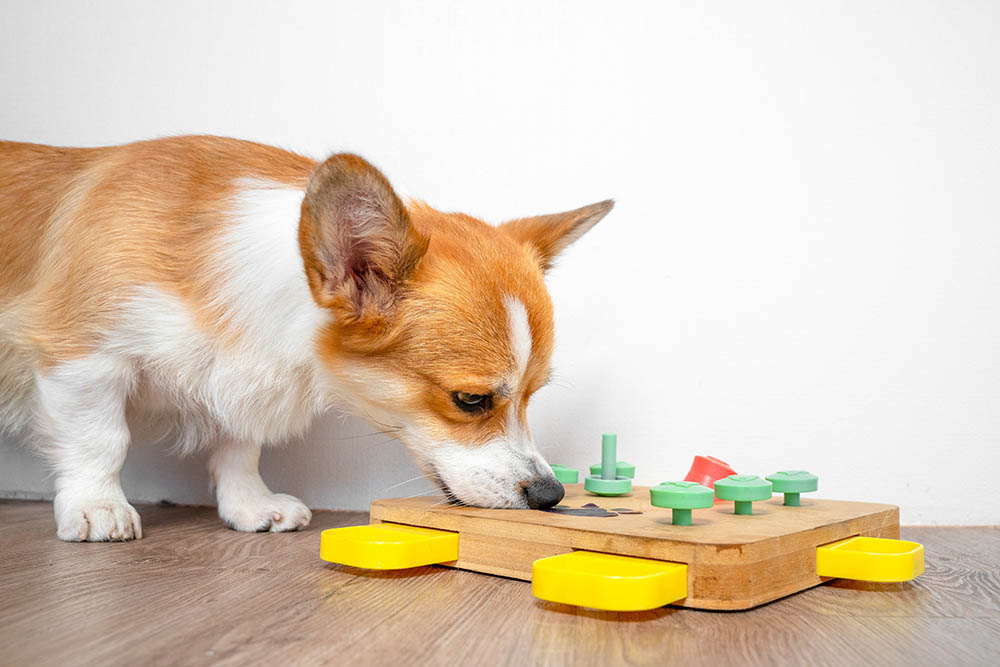

A Step-By-Step Guide for Getting Your Dog to Use a Food Puzzle Toy
Food puzzle toys can sometimes be a bit difficult to get a dog to become interested in. After all, they’ve never had to solve these puzzles for their food before; we always feed them on time and give them treats! But with these steps, you can get your pup to use and enjoy these toys.
1. Go slow
One key way to get a dog to want to continue using food puzzle toys is to keep them from getting overly frustrated. The best way to accomplish that is to start slowly. Don’t simply stop feeding them from a food bowl or replace all their regular toys with food puzzles! Instead, begin by trying to tempt your dog with one or two fairly simple food puzzles, and only use these with your pup a couple of times a week to start.

2. Start off easy
You absolutely want to start with the easiest food puzzles. If you have a food puzzle toy with levels, set it to the first level. If your pet has an easier time getting food from these puzzles, they’ll be much more likely to want to continue playing with them. You may also need to lend your pup a helping hand when they do their first food puzzle. Remember, just because a puzzle is super simple to you, it doesn’t mean it’s for your dog!
3. Wait until they are a bit hungry
Don’t use a food puzzle toy with your dog for the first time until they’re hungry. Waiting until your pup is hungry (but not starving!) will incentivize them to figure the puzzle out.
4. Offer value
Want to make your dog even more motivated to solve a food puzzle toy? Then, offer them something valuable as a reward. Instead of simply stuffing a toy with their everyday treats, use a high-value treat instead. This could be something your dog doesn’t get very often or just a treat they love more than anything else. A high-value reward pretty much guarantees that your dog will be interested in the food puzzle!
5. Encourage interaction
Give your pup a chance to interact with the toy in their own way before you step in to help. Let them sniff at it, lick it, and knock it about.

6. Praise them
Be sure to give your dog lots of praise while they’re exploring the toy, even if they haven’t solved any of it yet. This encourages them to keep going. And when they do solve a part of the puzzle, make sure you praise them enthusiastically! The more positive encouragement your pup receives while interacting with their toy, the more likely they are to come back to and use it.
7. Let them take their time
Don’t rush your dog while they interact with the toy; let them go at their own pace. If they seem totally uninterested in the food puzzle, try to entice them by manipulating the puzzle yourself so treats fall out. This shows them that treats are available and gives them an idea of how the puzzle works.
8. Change up the puzzles
Keep your dog engaged with food puzzles by switching the kind of puzzle out every now and then. Doing the same puzzle over and over again will get boring quite quickly and will no longer offer a challenge. Ensuring you have a selection of food puzzle toys on hand gives your pet more entertainment, mental stimulation, and fun.

Final Thoughts
Food puzzle toys are excellent for our canine companions, as they offer a wealth of benefits, including entertainment, intellectual challenge, tasty treats, and fun. However, not all dogs take to food puzzles right away, so you need to make these toys more enjoyable to entice them to use them. Choosing the type of food puzzle toy they’ll like best will help immensely, as will the steps above. Eventually, your pup should find food puzzles engaging and rewarding!
Featured Image Credit: Jakob Berg, Shutterstock
